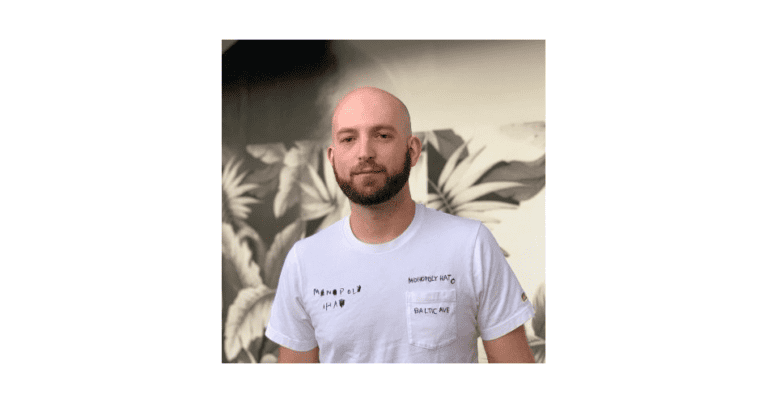Atomic Show #274 – Thomas Jam Pedersen, Copenhagen Atomics

Copenhagen isn’t the first city name that comes to mind as the place to start a nuclear company. Denmark has decommissioned its last research reactor and has never had a nuclear power plant.
That hasn’t deterred Thomas Jam Pedersen and his colleagues at Copenhagen Atomics. Starting a decade or more ago, they began learning about the untapped potential for using thorium in thermal spectrum reactors, especially with fuel dissolved in molten salts.
Their most fascinating discovery was that their lifetime energy needs could be met by completely fissioning a ball of thorium that is slightly smaller than a golf ball.

They’ve since learned that there is a lot of hard work needed to unlock that amazing potential, but they have also found that it is work that suits their desire to build successful careers while also making the world a better place.
After conducting enough initial research to recognize the potential and to discover their own aptitude for the task, Thomas and his colleagues formed Copenhagen Atomics.
According to Pedersen, the company’s lack of nuclear industry experience is both an advantage and a disadvantage. They have, at the very least, not been slowed by focusing on all of the reasons they cannot do what they plan to do.
Copenhagen Atomics plans to eventually market a 100 MWth heat source that can fit into the space of a standard sized 40 foot shipping container. That heat source will be a sealed nuclear fission reactor that produces hot, non radioactive molten salt at an outlet temp of 650 C. These thermal sources will be replaced at approximately 5 year intervals.
Lengthening runway by selling components
The company isn’t waiting until it can produce a complete nuclear power plant before it begins selling products. Instead, Thomas and his team have focused on building hardware components that they know they will need. They have recognized that there are many common elements that will be useful for all companies with an interest in using molten salt for nuclear reactors and heat transfer systems.
By developing robust components that their design will use and will serve needs for others in the same technological space, they have determined that they can create revenue by selling components. They plan to take advantage of series production economies and spread the design and testing costs over a larger number of finished products.
Copenhagen Atomics also recognizes that they have a better chance of success if they are part of an industry with multiple players all working to educate customers, politicians and the public about the benefits of their chosen technology. Thomas told that he believes the market is large enough that it makes little sense to get involved in cutthroat competition, especially in formative years.
Phased development plan
Though development has been slowed somewhat due to supply chain issues during the global pandemic, Copenhagen Atomics is actively pushing towards a goal of starting up a 1 MWth molten salt heat system that will use non-radioactive materials for testing.
The next step will be obtaining regulatory permission to introduce uranium and thorium into the salt for a testing phase that will not involve any fissile materials.
The company expects it will be ready sometime in the second half of the 2020s to begin testing with fission heat and fission product chemistry.
By the end of the 2020s, they hope to be producing their 100 MWth heat sources for commercial applications.
I think you will enjoy this interview. As always, your comments add significantly to the value of this effort.
Podcast: Play in new window | Download (Duration: 45:27 — 52.1MB)
Subscribe: RSS




Thank you Rod and Thomas for this very informative discussion. I like Copenhagen Atomics’ approach; I have to go to their site and do my reading.
I would have liked to hear about any research or conversations that CA has had with the possible users of “heat generators”, to see if there’s any sort of common features that would really promote the idea. (I have been using the term “heat batteries” by analogy with common alkaline batteries in their standard sizes, but the term’s already in use for simple thermal storage devices.)
One thing I’d love to know is what range of power the reactor can be throttled over, and whether the specification should be for how many megawatt-years it can provide. I’ll see if there’s anything on the Copenhagen Atomics site.
Thanks again.
If the world’s nuclear regulators can agree that the reactor’s exclusion zone can be limited to the container, its shielding, and isolating heat exchanger(s), then engineers can design facilities very flexibly.